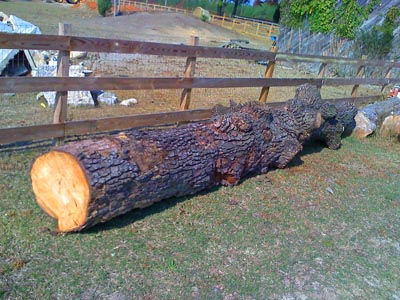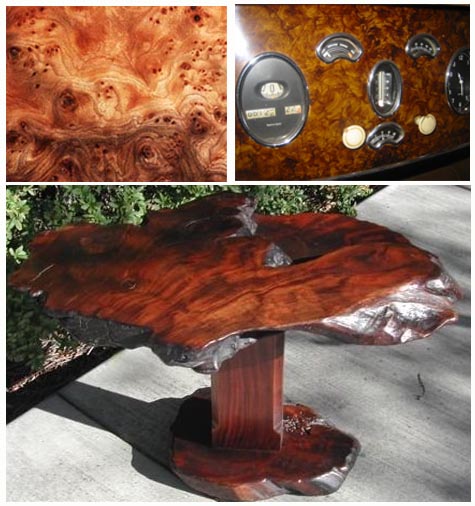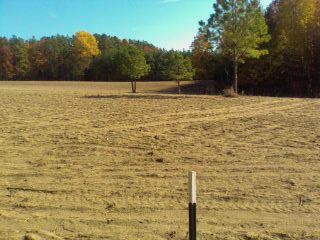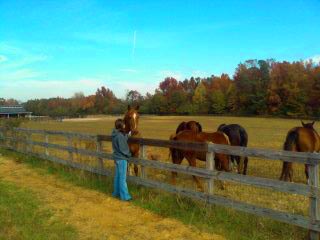As a follow-up to my post on processing your own hardwood lumber, I finally harvested the old walnut tree!
To learn more, see my notes on Finishing your own lumber.
I guess I’m a tree hugger at heart, and I could not bear to kill a tree that managed to survive for more than 200 years. It was an almost-dead, ugly, scary ole tree, like the ones in the Tim Burton films and we’ve been waiting for years for this decrepit old tree to die of natural causes.
Well, the old Persimmon tree finally died, and it’s all mine!

200-300 year old log - Persimmon?
While I’m sad to see it die, I’m thrilled because we can finally open-up the fallow meadow. We could never use it because Walnut trees are highly toxic to horses.
The log weights over a ton (about 2,300 pounds) and it’s off to the sawmill for cutting. I chose to cut a 3 x 10 slab from the middle for a fireplace mantle or an impressive bar top, and I’m saving the other lumber for custom trim.
The best part is the stump, about another full ton of burl! I love burl wood, it’s beautiful and rich with amazing grain swirls, and I now have a huge chunk, enough for a massive hand-carved chair.
Once I get into it, I may decide to slice the burl into a half inch veneer, and use it as capstones on our Oak walls. There are many uses for burl wood:

I was surprised to see that the walnut was a cream color, not the natural chocolate brown that we see in the lumber stores. Walnut is aged (and sometimes steamed) to bring-out the natural dark coloration, and after cutting, I’ll be stacking the boards for aging and drying.
Our own pitch and putt?
This summer we vacationed at Oakhurst, the St. Andrews of the USA, America’s oldest golf club. Nestled in the hills of West Virginia, you must play in the true 1800’s style, hacking gutta percha balls with hickory sticks while sheep graze in the fairways:
Oakhurst is great fun, authentic in every detail, right down to the lemonade and ginger snaps in the 19th hole:

That’s our son Andy on the right. Andy is a senior now and hopes to be an MBA and attorney (as long as we pay for five more years of school!).
It's interesting, Andy is almost as tall as I was at his age, plus it's great that Andy has inherited my studly good looks.
Fescue Vs. Costal Bermuda
Now that the Walnut tree is gone, we can finally open-up the 15 acre meadow. Here it is, all plowed-up and ready to use:

Pitch & Putt or pasture?
Me, I want to make our own pitch and putt! Our 50+ horses are superb lawnmowers, just look at how tidy they keep the grass in their existing pastures:

Horse are the world’s best natural lawnmowers
Janet and I are honored to have an absolutely amazing instructor, PGA master professional Brad Clayton. Just last week Janet scored her first par-5 birdie, wailing the ball like Tiger himself. I think that Brad’s new book “No Silver Bullets” will be quite popular. If he can make us into good golfers, he can do it for anybody!

I want to turn the meadow into a dual use pasture and grazing and I advocate planting Costal Bermuda grass, which has a low yield but is perfect for fairways and greens. Janet, being more pragmatic, wants to plant fescue with a 4x higher grass yield, but fescue is not so great for greens and aprons, and it’s impossible to carve-out a decent putting surface on fescue.
Brad has hooked us on golf, and even though we have several superb gold links nearly, we have decided to build something just for us, even if it’s just a single par 3 practice hole. . . .

